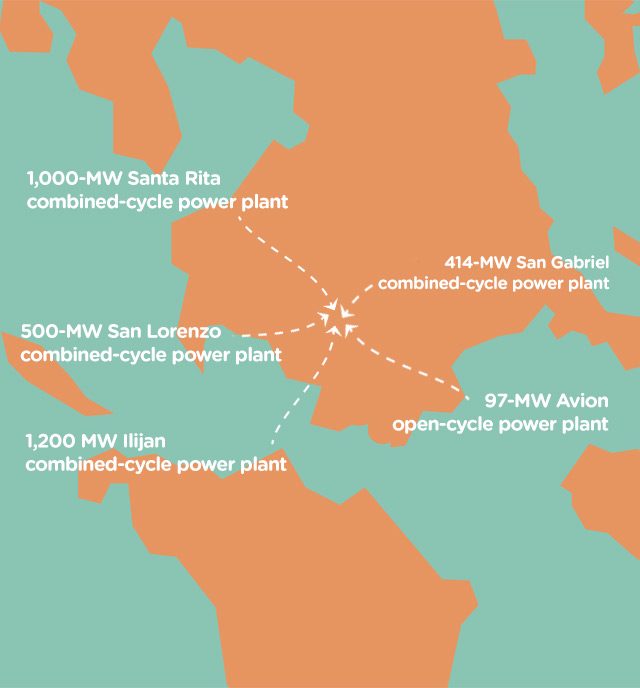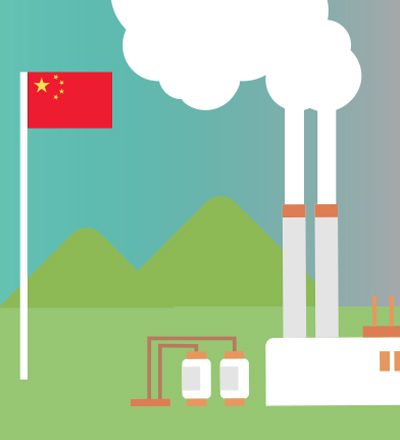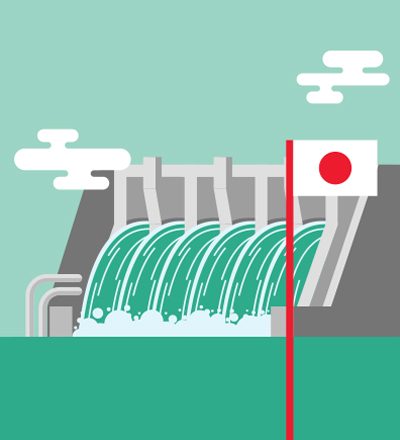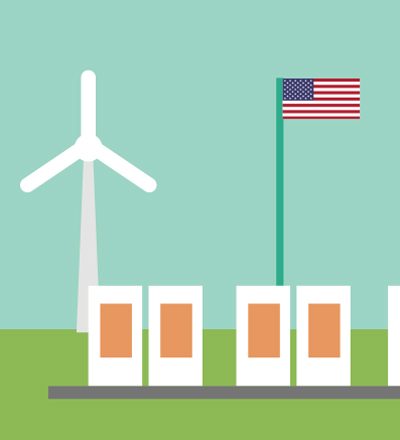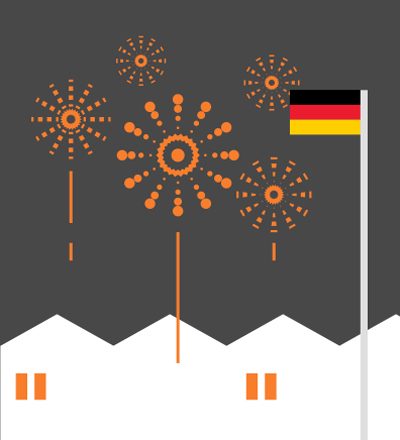In 2015, nations around the world came together for the first time to sign the Paris Agreement,
which aims to fight the worst effects of climate change by curbing greenhouse gas emissions.
Along with the landmark pact came deeply ambitious goals for clean, renewable energy growth.

Countries like India, Germany, and the US - despite President Donald Trump's withdrawal from the Paris accord - are leading the shift to renewables. Dozens of the world's largest multinational firms, including personal care company Unilever and luxury fashion brand Burberry, have also pledged to go 100% renewable under the RE100 initiative.
Also among the Paris signatories, the Philippines pledged to reduce its emissions by 70 percent compared to projected levels by 2030.
But it's a tough battle. While the country set a target of tripling its green energy capacity by that year, it remains to be largely dependent on coal for electricity.
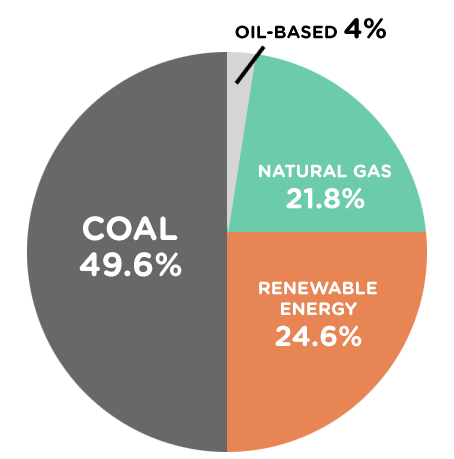
Philippines' Energy Mix
Source: Department of Energy 2017 Power Statistics
Solar and wind sources are "intermittent"

There are times that these sources cannot generate electricity like during the night or when it's cloudy and the sun isn't shining, or when the wind isn't blowing strong enough.
Other times, you just get too much of them.
The power grid is a complex system that constantly needs to have balanced supply and demand. Consistent adjustments to supply are needed to address changes in demand, such as when it peaks during the day or when there's unexpected events like storms.
An imbalance - when supply may be too much or too little - results in fluctuations or outages. The more dependent you are on intermittent sources, the bigger this problem can be.
One way to address this intermittency is through batteries.
The batteries will allow us to store the energy from these sources when we can, and use that stored energy whenever we need it.
Small-scale off-grid solar and wind installations - for example, those used for homes - have been doing this. But battery projects for large-scale grid use are still underway.

California is one market that has embarked on a grand experiment of putting up what is said to be the largest lithium-ion battery in the world for energy storage. Australia is trying to do the same thing. In Germany, renewables account for 30% of the electric grid using limited storage capacity, and the challenge is to add more.
Although photovoltaic panels and wind turbines are now cheaper than ever, adding storage may increase prices for solar and wind energy.
| Renewables vs traditional energy sources: Prices per megawatt-hour (MWh) | |
| Utility-scale photovoltaics | US$46 to US$53 |
| Utility-scale photovoltaics with 10-hour storage | US$84 |
| Coal | US$60 |
| Natural Gas | US$68 |
|
Source: Greentech Media, Lazard
|
|
That means, as we transition to more renewables, traditional sources will still play a role in balancing power supply and demand, and making sure the world doesn't come to a halt.
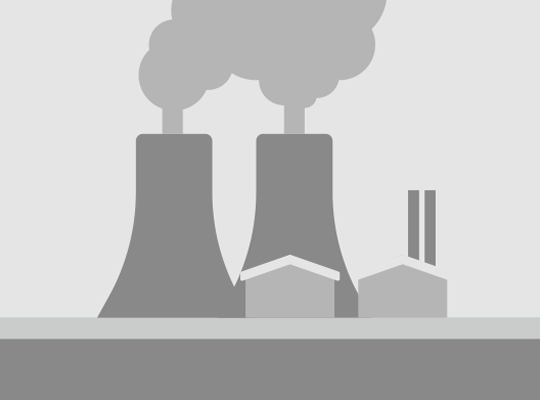
But while most traditional energy sources are reliable and economic, some of them, like coal, are dirty. Using more coal undermines our carbon reduction goals, as it produces 0.97 metric tons of CO2 per megawatt-hour, 60% more than natural gas. Moreover, coal lacks the flexibility to provide the electricity needed to support intermittent renewables when the latter suddenly loses the ability to generate electricity or becomes volatile.
This is where natural gas comes in.
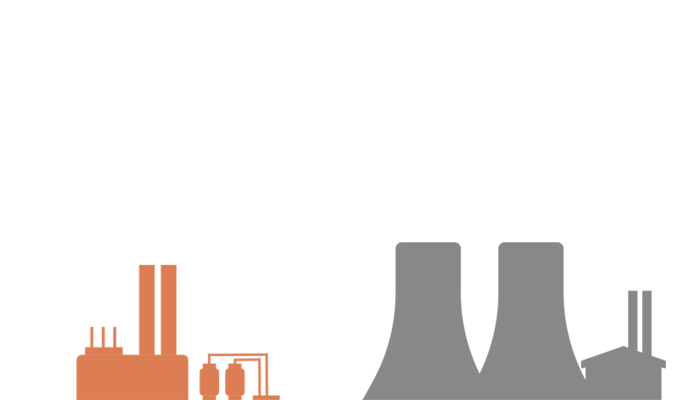
Natural gas burns cleaner than coal, emitting way less carbon dioxide into the atmosphere.
Natural gas plants are also flexible, which makes them the perfect partner for renewables. They can quickly turn on and off and adjust to the needs of the grid, filling in whenever renewable energy generation slips.


That's why some call natural gas a "bridge fuel". It can help greenhouse gas reductions by replacing coal power and supporting renewables, until such time the grid can rely on renewables 100%. It also smoothens the transition without much impact on bills.
In the Philippines, 5 natural gas plants are in operation - 4 of which are owned by First Gen Corporation.

